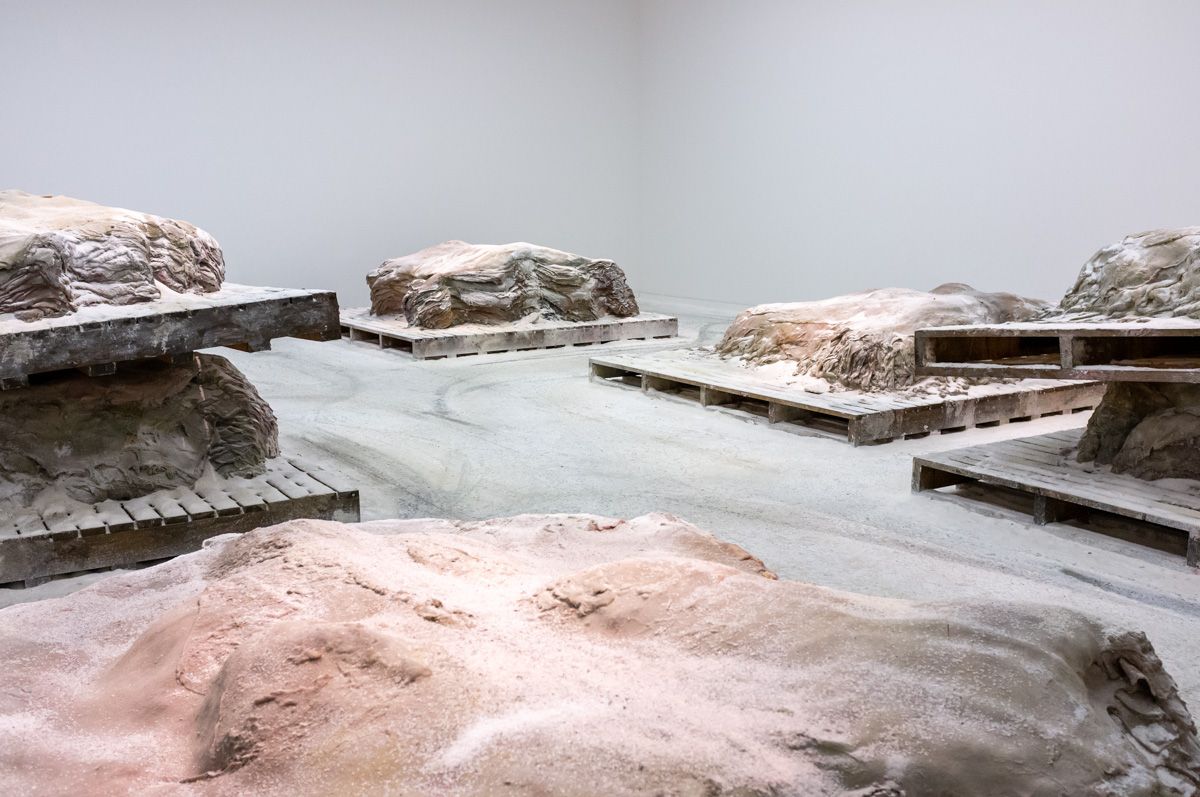Vulnerability, fragility, tenderness, suffering, transience these are the words that come to mind when considering the work of Berlinde de Bruyckere.
I’ve been a big fan of Berlinde de Bruyckere since I saw a large scale retrospective of her work at De Pont Museum in Tilburg in 2005. I have since visited various other exhibitions of her work. So I was delighted when I read that the Bonnefanten Museum in Maastricht would organize a major exhibition of her work. The exhibition was postponed because of the COVID-19 pandemic, but perhaps because of corona her work now resonates even more.
The exhibition consists of work from the period 2014 up to now and includes two sculptures, "Sjemkel I" and "Arcangelo II", that were created during the pandemic. Both sculptures represent angels. They are covered by old, worn out blankets and are standing on their toes, as if ready to take flight.
Like all of De Bruyckere’s work the exhibition is heavy with symbolism.



Berlinde de Bruyckere, No Life Lost II (left), Arcangelo I (middle), Aletheia, on-vergeten (right)
Perhaps the most harrowing work is "No Life Lost II" (2015), which consists of three horse corpses piled on top of each other. The head of one horse has been covered by a piece of cloth. It made me think of the countless horses that perished in wars over the past centuries.
The final room is filled by a large scale installation, "Aletheia, on-vergeten" (2019), a reconstruction of the workshop where De Bruyckere obtains her animal skins. The title is a reference to Martin Heidegger, in whose later work aletheia stands for disclosure or unconcealedness. With this work De Bruyckere reveals what is normally hidden from view. The only thing that is missing is the penetrating smell of a tannery.

Berlinde de Bruyckere: Engelenkeel (Angel’s Throat) is at the Bonnefantenmuseum in Maastricht until 3 October 2021.